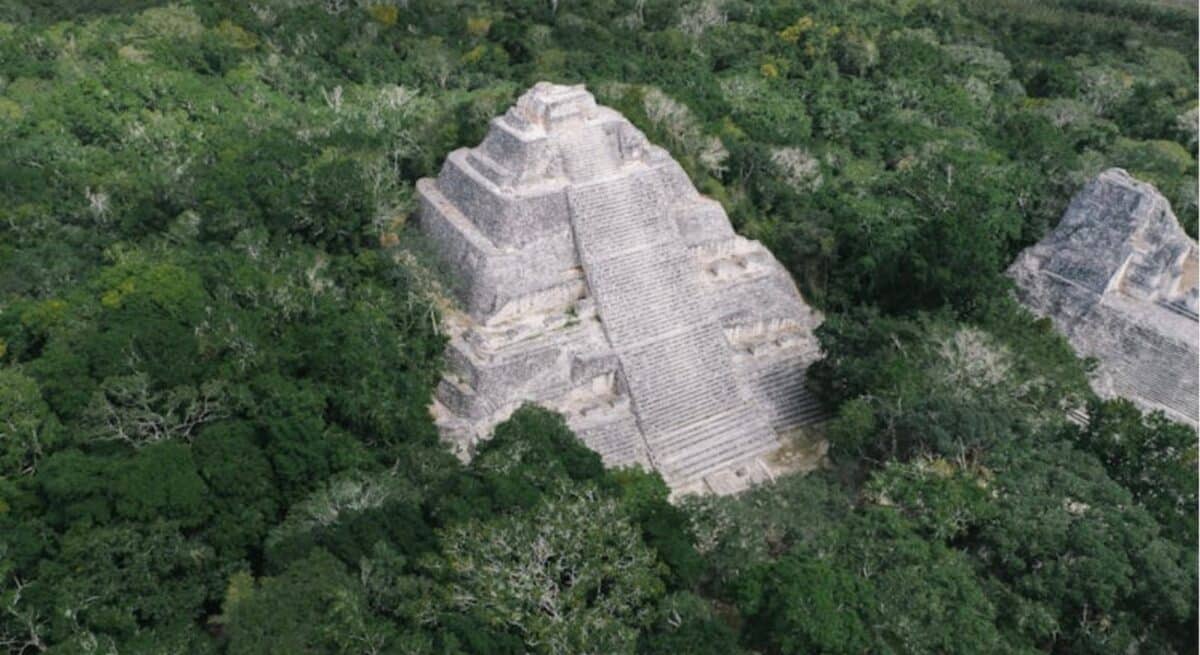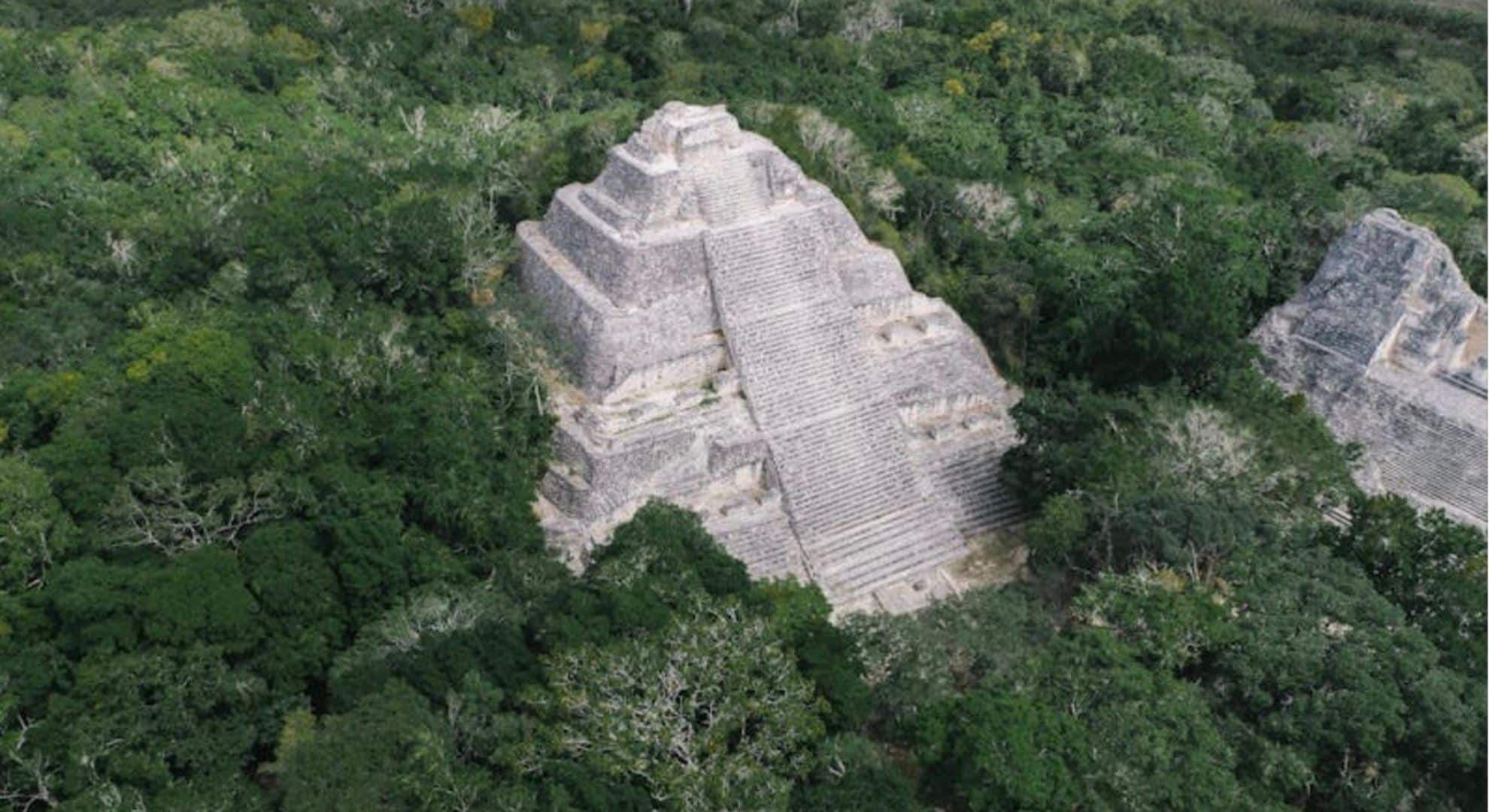Researchers from Tulane University uncovered more than 6,500 Maya structures in Mexico and unveiled a complex settlement landscape, challenging earlier assumptions about the urban and rural distribution of the Mayan civilization.
The researchers used laser-guided imaging to see through the dense jungle forest, which revealed extensive unexplored Mayan settlements and an in-depth understanding of the complexity of the ancient civilization.
Published in the Antiquity journal, Tulane University Anthropology doctoral student Luke Auld-Thomas and Marcello Canuto, his advisor, led the new research.
The analysis revealed a region rich in settlements, showcasing significant variability. Researchers discovered not only rural areas and smaller communities but also a large city featuring pyramids located adjacent to the only highway in the area. This was near a town where farming has been taking place among the ruins for years.
He added that the government and the scientific community never knew about it, emphasizing that “no, we have not found everything, and yes, there’s a lot more to be discovered.”
The research team used lidar, a laser-based detection system, to survey an area of 50 square miles in Campeche, Mexico, a land that is commonly overlooked by archeologists.
The findings revealed evidence of a previously unidentified large city with iconic stone pyramids.

The Lidar technology measures distances and creates three-dimensional models of particular areas by using laser pulses.
This technology allowed scientists to scan large areas of land from a computer lab and uncover anomalies in landscapes that often turn out to be pyramids, residential houses, and other Maya infrastructure.
The Middle American Research Institute (MARI) at Tulane University has been leading the use of lidar technology in archeological research.
“Thanks to generous funding from the Hitz Foundation, MARI has been at the forefront of the use of lidar technology in archaeological research over the past decade […] now our efforts are expanding from data analysis to data collection and acquisition. The work conducted on these data from Campeche represents how MARI’s ‘lidar footprint’ is expanding,” Canuto, director of the MARI, said.
Auld-Thomas said that because lidar allows high precision levels of detail and quick mapping of large areas, it made them react that there are tons of buildings that they didn’t know about and that the population must have been massive.
The study emphasizes the groundbreaking impact of lidar technology in revealing the secrets of ancient civilizations.
The technology also provides compelling evidence of a more extensive and varied Maya landscape than previously recognized.
Canuto also said that Lidar technology is revealing that the lowland Maya constructed a rich tapestry of towns and communities throughout their tropical landscape. While certain areas feature extensive agricultural fields and dense populations, others consist of smaller communities. This technology illustrates the significant ways in which the ancient Maya altered their environment to sustain a long-lasting and complex society.
Other POP! stories you might like:
Frequent coffee drinkers may face lower risks of heart disease and diabetes, study shows
AI tool promises to help UK police solve cold cases in just 30 hours
Ever wonder why time just seems to fly by these days? TikTokers try to explain the causes
[Commentary] Filipino internet users speak out in defense of ‘Healing Inner Child’ viral post
International celebrities go all out on nostalgia, nods to pop culture with Halloween costumes



